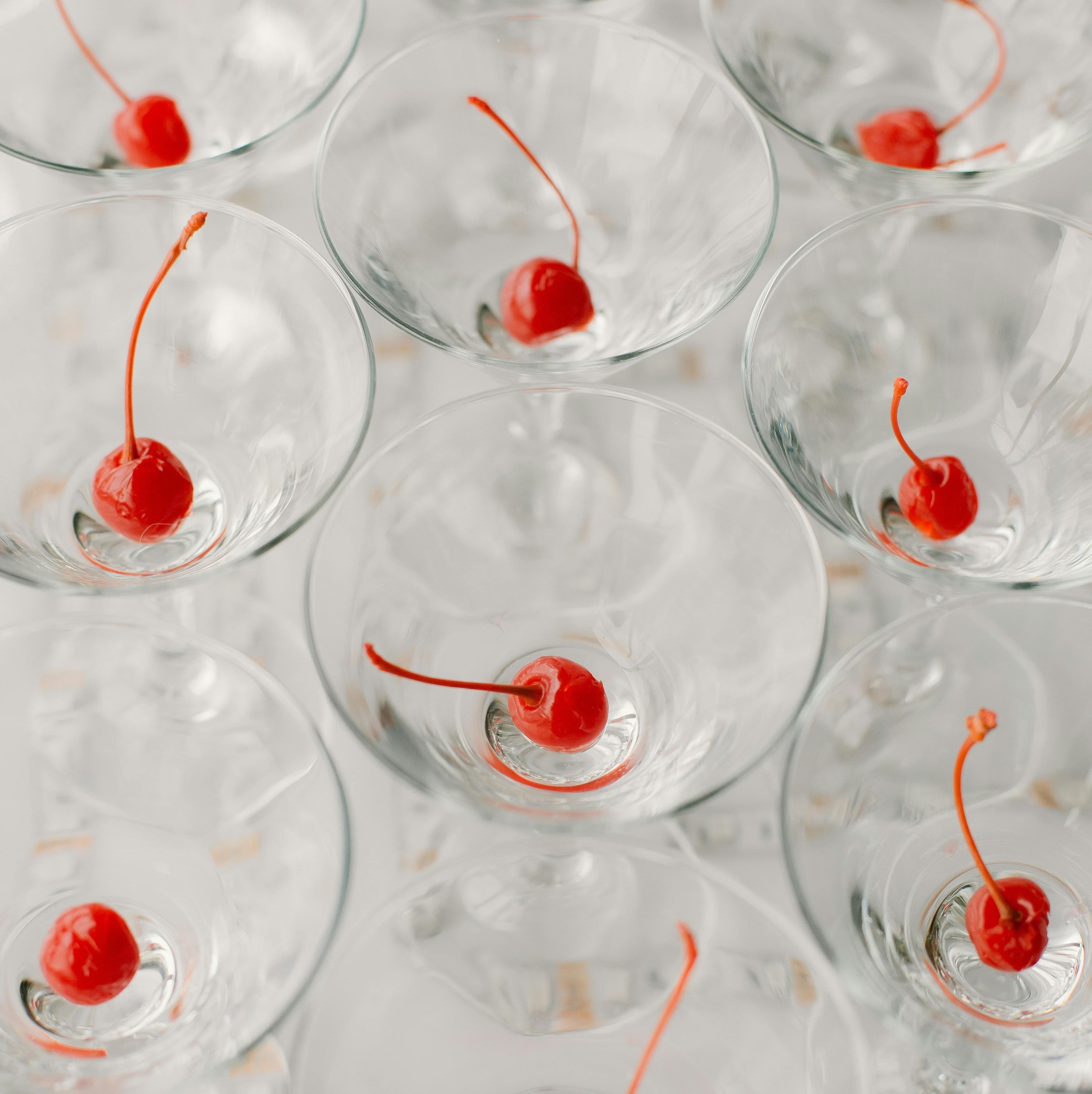“She looks just like a piece of cake,” say the courtiers, when Marie Antoinette’s at the dinner table.
True enough. In Sofia Coppola’s 2006 film Marie Antoinette, Kirsten Dunst’s titular character is just one among many luxuries in the film’s candied world – a realm of strawberries and rose petals, of sugared almonds and macarons, of extravagant baked confections on every table. Supplied by Ladurée, no less!
But in scene after scene of endless decadence, Marie doesn’t gorge herself. Amid the close-ups of red-lipped women devouring whipped-cream fantasies, the shots of her eating are sparing. Measured. She’s a centre of gravity in the gluttony.
When she does eat, it’s delicate: a chocolate in bed, a nibble on a croissant, a strawberry plucked from the peasant’s kitchen garden she had specially built at Versailles. Marie knows precisely what she wants – and she savours it.
It’s easy to read Marie Antoinette as a fantasy of female freedom, with its punk soundtrack and sweet sixteen atmosphere. But there’s another note in the film, one of longing. In a series of ornate meals with Jason Schwartzman’s boyish Louis XVI – between various unsuccessful nights in the bedchamber – Marie stares on as he tucks in. She’s unsatisfied, in every sense.
So when we watch Priscilla, released seventeen years later, we see Coppola pick up that thread again. A hungry girl, waiting and wanting.
We meet Priscilla, first of all, in the diner – one of those strange American transplants for the military in Germany – and she doesn’t have an appetite. She’s slumped over the counter, bored of her French homework. Her rice pudding is congealing.
We’re a long way from the Ladurée food styling here. This dessert is insipid, podgy. With a glacé cherry that just sits there, glistening.
It’s her childhood in a dish, and she’s yearning for more.
We don’t have to wait. In a breath, Elvis’s army pal Terry is in shot, offering Priscilla her future – a meeting with the big man himself. And she’s off. Caught in Elvis’s gravitational field. In an arrangement which – just me? – feels a lot like trafficking.
Then Coppola kicks off a romp through every relationship red-flag going. You’ve got Elvis getting teary with Priscilla about his dead mother, you’ve got him laying it on thick with her parents – trauma-bonding, love-bombing. Then, when he’s vanished back to the U.S., you’ve got ghosting. For the rest of their relationship, Elvis gives Priscilla breadcrumbs.
Or, more to the point, uppers and downers.
Because apart from the pills, Priscilla doesn’t eat once. Unless you count a handful of popcorn in the “we’re so in love” bedroom montage before things really sour, or an LSD-soaked sugar cube.
She goes hungry.
Like Marie Antoinette, this film is so sumptuous: the shag pile Priscilla’s feet sink into at the opening, the crisp parchment of her schoolgirl letters, every exquisite outfit after exquisite outfit. But beneath the rich textures is a yawning emptiness.
One neat little detail captures it all: the first time Priscilla finds herself waiting at Graceland, the TV’s on, playing an ad for Duncan Hines vanilla cake mix. Rarefied silver screen glamour for an instant cake batter.
Talk about upselling.
Angel cake: the small-screen fantasy
It’s a gorgeous archival find, this ad, and it’s as if Priscilla’s story has been baked in sponge. The angel’s food cake: impossibly light, white, sweet. We’re basking in the classic Hollywood fantasy of love, and it’s this version of Priscilla that Elvis insists on, in his obsession with pureness, or maybe just control.
Ultimately, though, this cake comes out of a packet.
Poor Priscilla. Graceland, her marriage with Elvis – it’s a cuckoo’s feast. The riches won’t fill her, she’s never satisfied, she remains until the end hungry for love.
Of course, Elvis eats – at one point, platter after platter of deluxe sandwiches come clattering down, a greedy little montage. It’s like the free-flowing decadence of Versailles, except Priscilla’s the servant.
There’s an echo of Somewhere, here, Coppola’s 2010 film about a disaffected A-lister and his emotionally neglected daughter, Cleo. Yet another famous man who’s surrounded by women but simply cannot make a connection. It’s eleven-year-old Cleo who mothers him, whipping up Eggs Benedict in their hotel room with ingredients called up from room service.
Coppola makes us look askance at the domestic care that heals wayward men – of course, in Priscilla’s story, it doesn’t work. Some appetites are insatiable.
Elvis, the devourer
Priscilla does get away in the end, speeding out of the story to Dolly Parton, but the conclusion feels oddly sudden, insubstantial. Despite the emotional heaviness, the frosty end to a relationship that was never going to work, the ending feels weightless.
Like our heroine, we’re left wanting more.
I wonder if somewhere, someday, there might be a different film. One where Priscilla channels a little bit of Marie Antoinette and feasts, ravenously.
- Marie Antoinette. Directed by Sofia Coppola, performances by Kirsten Dunst and Jason Schwarztzman, Columbia Pictures, 2006.
- Priscilla. Directed by Sofia Coppola, performances by Cailee Spaeny and Jacob Elordi, American Zoetrope, 2023.
- “Duncan Hines cake commercials from early 1960s.”
- Priscilla. Directed by Sofia Coppola, performances by Cailee Spaeny and Jacob Elordi, American Zoetrope, 2023.
Joseph Nicholson is a writer living in London, alongside the canal. Alongside writing short fiction and criticism, he creates films and campaigns for not-for-profits.


Comments are closed.